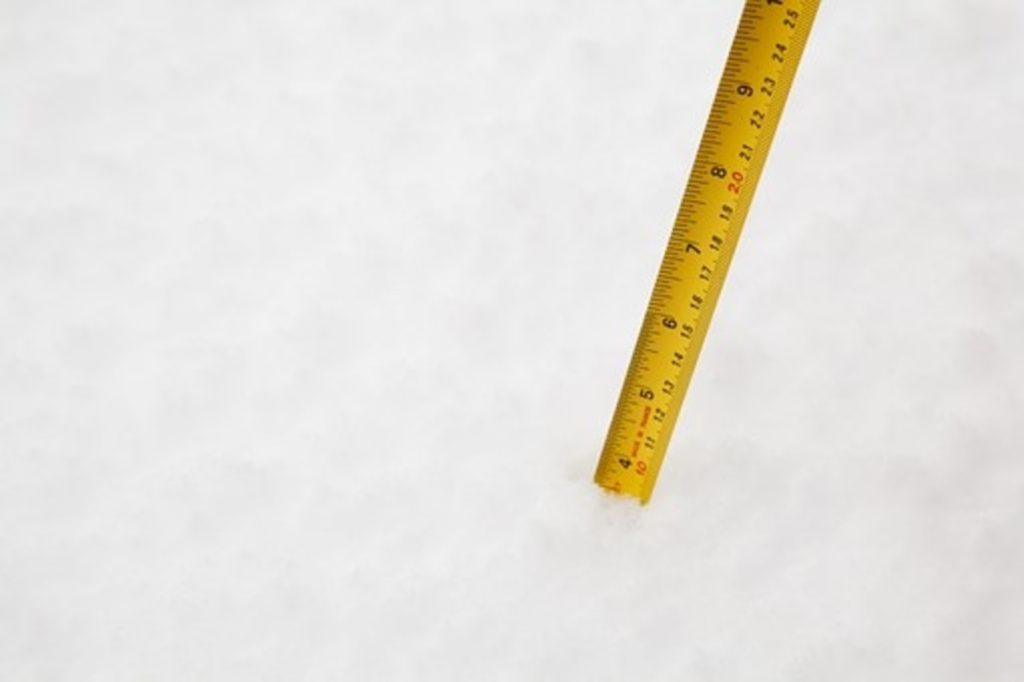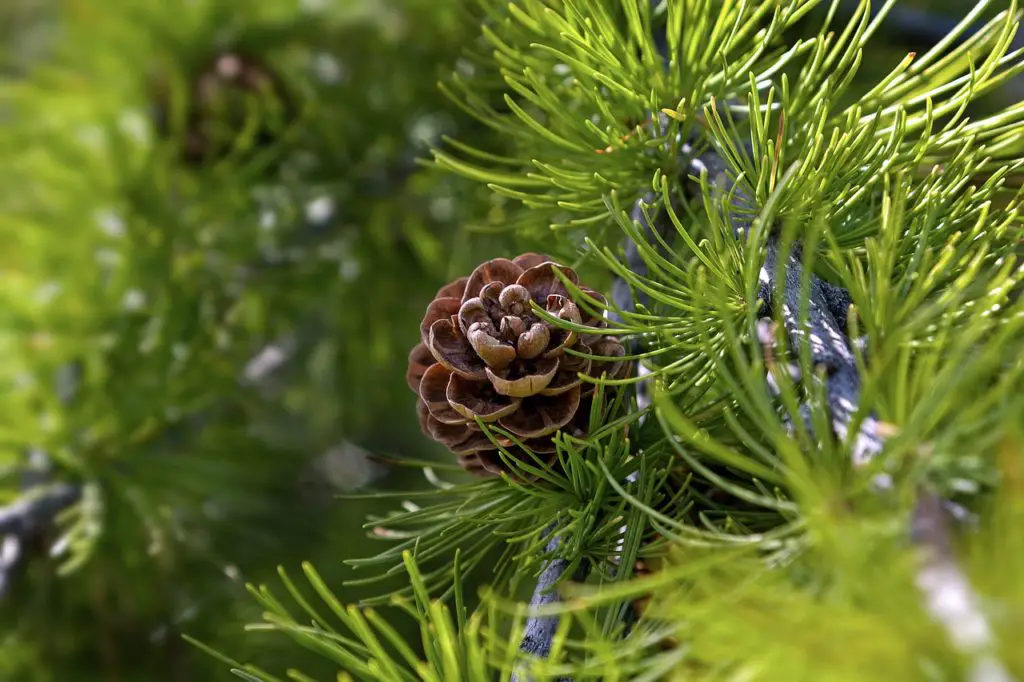If you’re planning to install rubber mulch, rubber mulch depth for playground is critical in the planning stage.
The thickness of your playground mulch depends on the material used. Nonetheless, it’s supposed to be enough to cushion falls during playtime. For fall protection, the standard rubber mulch depth is 4-6 inches. Rubber mulch reduces the impact of falls, preventing fatal injuries when your kid falls.
This article looks at critical fall height and fall zone on a playground. It guides you on how to measure rubber mulch. Also, it gives you the formula you use to calculate how much cubic yard of mulch you’ll need .
Moreover, the article provides a list of fall height measurement criteria for various equipment found in a playground.
How Thick Should Playground Mulch Be?
The thickness of playground mulch depends on various factors. The material used, for instance, is a crucial factor. Different materials have different shock absorbency levels. The thickness of materials with high shock absorbency is lower than those with poor shock absorbency.
Each mulching material is evaluated to determine its critical fall height rating. The appropriate thickness is then determined. In addition to the mulch material, the height of the equipment also determines how thick the playground mulch should be.
As a rule of thumb, the thickness of the mulch should be adequate to cushion falls from the highest equipment on the playground.
Also, when installing the mulch, evenly distribute the thickness. Uneven thickness can make some areas less protected, making them dangerous hotspots in case of a fall.
To help maintain the thickness of the mulch, regularly rake the shredded rubber. Inspect and top up the mulch whenever necessary to guarantee kids are safe at all times.
Rubber Mulch Depth For Playground
The standard rubber mulch depth for fall protection is 4-6 inches. However, it depends on whether the play zone is residential or commercial.
A residential playground requires a 4 -5 inches installation depth due to the usual average height of equipment meant for residential play areas. 4 inches installation depth offers a fall height protection of up to 10 feet, whereas 5 inches provides up to 12 feet.
However, alter the depth accordingly depending on your yard’s structure. A commercial playground requires 5-6 inches of installation depth throughout the entire zone. 5 inches depth of rubber mulch provides a critical fall height of up to 12 feet, while 6 inches offers up to 16 feet.
The rubber mulch depth required is 3-4 inches for private, daycare, and church applications.
Most importantly, note that the greater the depth, the more protection it offers. Hard surfaces provide a heavy jarring landing for kids falling, even from a short height.
Therefore, you need to consider deeper applications, especially if you have any on-site equipment. The equipment could be slides, climbing frames, and swings.
Thicker depths of rubber mulch help lessen the risk of severe injuries because of head impacts if a kid falls or trips.
How Do You Measure Rubber Mulch?
You break your project into rectangles to measure how much rubber mulch you need for your play area. Next, calculate the square footage of each rectangle by multiplying the width by the length.
For example, if a rectangle is 16 feet by 5 feet, it would mean 16 by 5 is equal to 80 feet square.
Add the square footage figures of the different rectangles to get the total square feet. Then, multiply the total square feet by 14 to determine how many pounds of rubber mulch you’ll need.
Nonetheless, there’s a more accessible option if math isn’t for you. Online calculators are available to help calculate the amount of rubber mulch you require. It would be best to input the project length,width, and the depth you want.
The calculator then calculates the amount of rubber mulch required. If you have the square foot, enter the figure as either the length or the width, and on the other field input 1 as the value.
How Many Cubic Feet of Mulch Do I Need For a Playground?
The cubic feet of mulch you need for your playground depends on the site’s dimensions. If your play area is rectangular or square, the volume formula in cubic feet is length(ft) multiplied by height(ft) by width(ft).
For instance, to fill a rectangular play zone with mulch with a length of 21 ft and a width of 9ft to a depth of 2 inches, you multiply 21 ft by 9ft by 0.166667 to get 31.5 cubic feet.
It’s important to note that rubber mulch is available in the market by cubic yard (cu yd). So, to change cubic feet to cubic yards, you divide the feet by 27.
Therefore, for 31.5 cubic feet, divide by 27 to get 1.167 cubic yards. In simpler terms, a cubic foot is 0.037 cubic yards.
For a round playground, the calculation is a bit different. The volume formula is the volume of the cylinder, which is the surface area times its depth.
What Is The Fall Zone On a Playground?
A fall zone on a playground is the area under and around climbing, sliding, or swinging equipment that needs a protective cover to prevent injuries from falls.
Also, it would be best to clear this zone of things that kids may run into or fall onto when playing.
The protective surfacing helps cushion falls and prevents the kids from getting injured from any equipment.
The fall height of the equipment determines the amount of rubber mulch. Also, the fall height is the tallest designated play area on the equipment.
Equipment with fewer than 18 inches fall height doesn’t require a protective cover. However, surfaces like dirt or grass don’t offer enough cushioning for equipment with a greater fall height of 18 inches.
Nonetheless, don’t place equipment over hard surfaces, including asphalt, ceramic tile stone, and concrete.
The area around and under playground equipment, which are the most causes of injuries to kids, ought to be soft to cushion falls.
Nevertheless, whenever the rubber mulch in commonly used areas becomes displaced, it needs to be raked back. It helps to maintain the correct depth.
The rubber mulch needs to meet the ASTM F1292 requirements. It’s verified through a written report from the manufacturer.
3 inches of rubber mulch protects from a fall of up to 5 feet off the ground. On the other hand, 4 inches protects from 7 feet fall, while 6 inches provides adequate protection for 12 feet fall. However, 9 inches of shredded recycled rubber mulch covers a fall height of up to 10 feet.
What Is The Critical Fall Height?
The critical fall height is a term used to show the minimum height at which an individual who has tripped and fallen can use only their hands to break their fall. The altitude varies from one person to the next depending on the individual’s gender and size.
Critical height is the height at which a grave injury occurs. You base it on the stature of the tallest piece of equipment that a kid can stand on during playtime.
American Standard Testing Method International describes fall height as the perpendicular distance between the playground’s protective cover and a chosen play surface.
Therefore….
Importance Of Critical Fall Height
Severe injuries, which can be fatal caused by a fall from a critical fall height during playtime, can be prevented by rubber mulch. The rubber mulch helps to absorb the shock impact of the fall.
Critical height is associated with the shock absorbency of the playground surface material beneath.
It aims to approximate the maximum fall height that wouldn’t result in serious injury.
You can assess a surface at a playground area for its impact-lessening properties. You can also determine the critical fall height by joining the impact period and the acceleration of an impact, mainly linked to head injuries.
According to the Consumer Safety and Product Commission, you must cover all playground areas with protective rubber. Don’t install asphalt, packed dirt, rocks, grass, or concrete as a playground surface, though.
The commission recommends designing the landing surface with a radius of a minimum of 6 inches around play structures. Moreover, ensure that all slopes have barriers to prevent falls.
So…
How Do You Test Critical Fall Height?
You test critical fall height by dropping a head-shaped device sample with an embedded device for gauging acceleration on the playground surface. Next, record the hardness and the speed at which the device hits the surface material.
After that, the test is run repeatedly from various heights. The results determine the thickness each system requires for protection.
Fall Height Measurement Criteria
Critical fall height differs depending on the kind of equipment you have on your playground. If you’re installing rubber mulch, and the equipment fall height is 8 feet, the critical fall height requires a depth of 6 inches.
Below is a list of fall height measurement criteria for various types of equipment found in a playground:
- For climbing instruments, use the tallest part of the climber intended for foot support.
- For upper body instruments, use the peak part of the apparatus.
- Use the pivot point for swing sets.
- Use the highest height reached by the seat for seesaws.
- For merged equipment where components are connected, capture the distance from the protective surface to the highest chosen play area.
FAQs
Must I Use Mulch On The Playground?
It’s perilous not to mulch your playground. A fall during play can cause serious injuries such as dislocations, concussions, fractures, brain hemorrhage, and internal injuries.
Installing mulch is a worthwhile investment in your kid’s safety as it significantly minimizes the risk of such damages.
What Are Astm-F1292 Requirements?
ASTM (American Standard Testing Methods) are standard safety requirements designated by ASTM International. F1292 is the standard specification for effect weakening of surface structures around and under equipment found in a playground.
The standards consider the slowing of the head-on effect and the period the head takes to cease moving after hitting the playground surface from several equipment heights.
Conclusion
The AAOS-American Academy of Orthopedic Surgeons found out that about 200,000 kids visit the emergency room every year because of playground-related injuries.
The correct rubber mulch depth for playground can prevent your children from being part of these statistics.
Ensure the playground mulch is thick enough to absorb the shock of a fall. The required thickness varies depending on the surface material and the height of the equipment in the playground.
The depth ranges between 4-6 inches for rubber mulch. Use the proper formula to calculate the volume of mulch. Fortunately, there are plenty of online calculators available.


